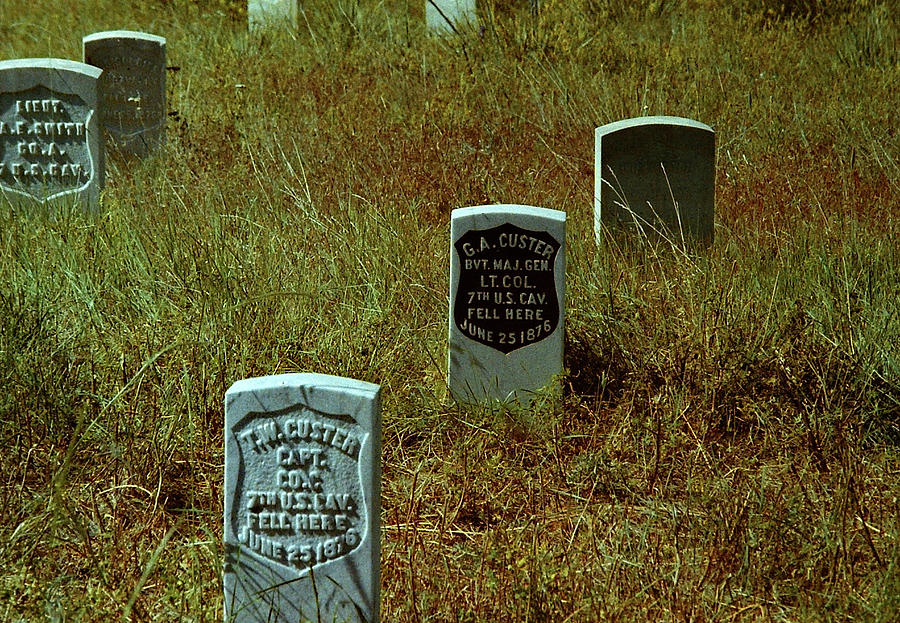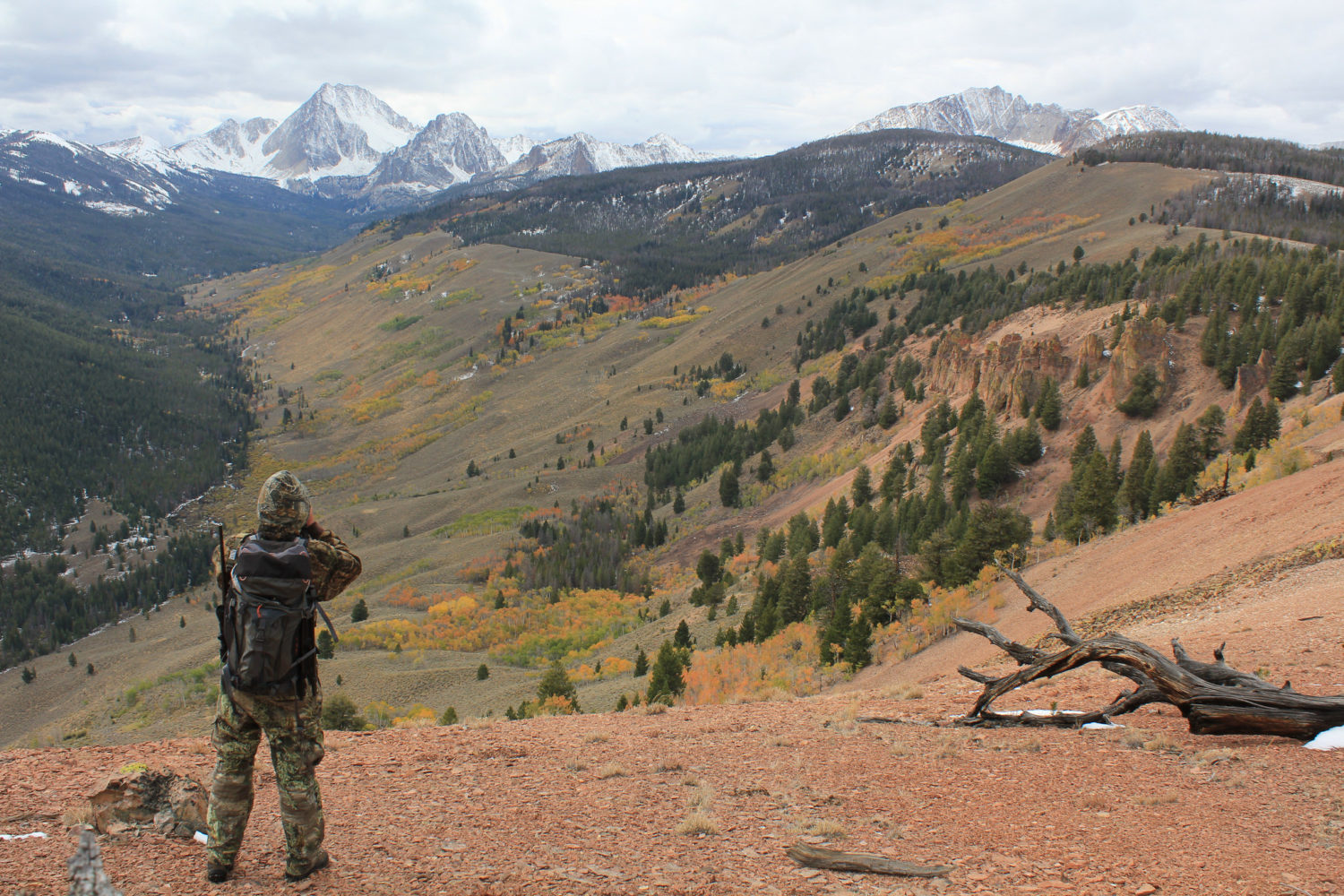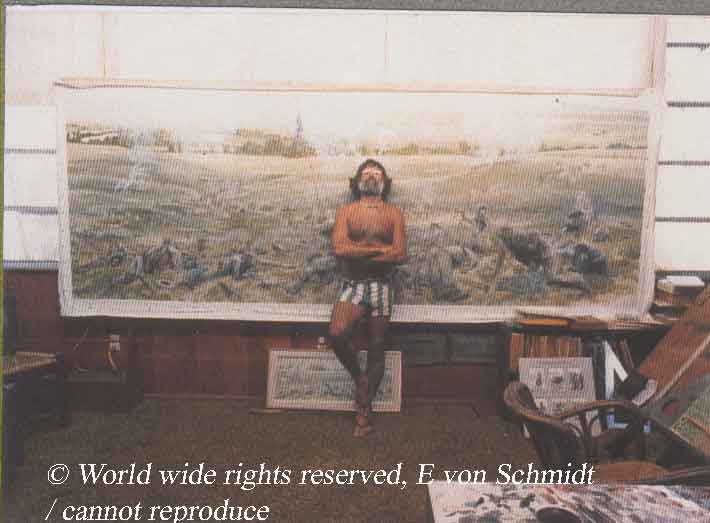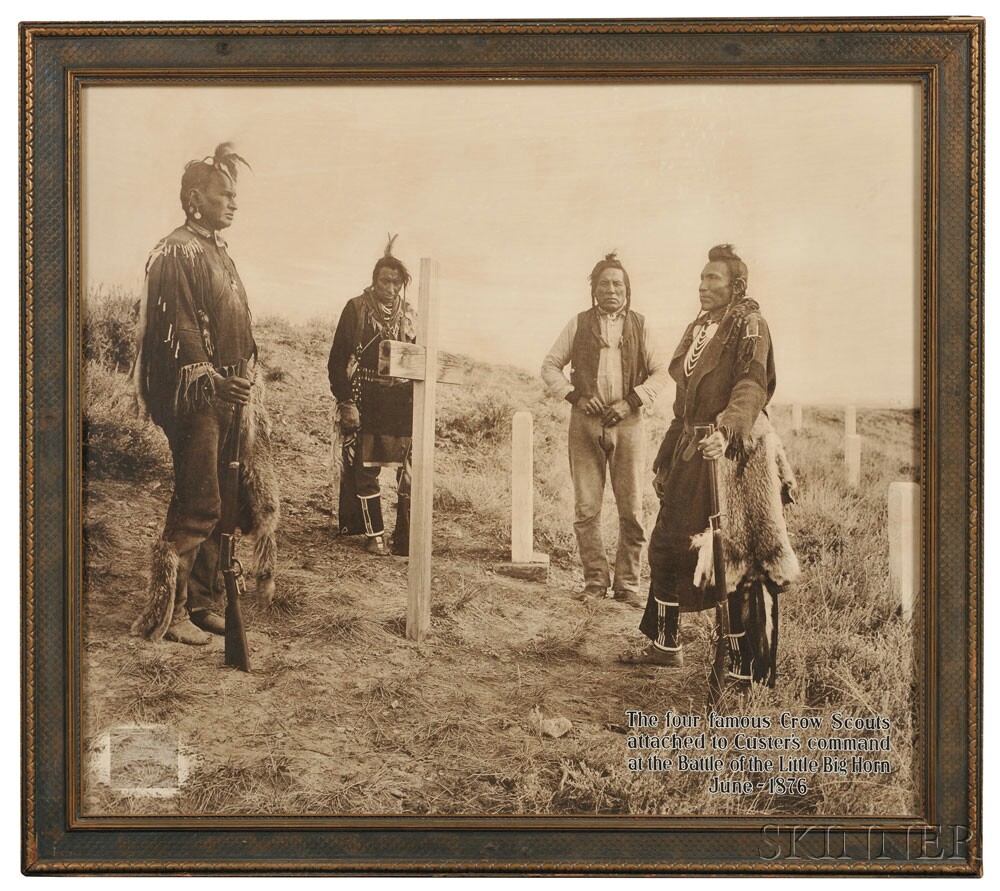
Custer Fell Here Photograph by Kevin Mcenerney Fine Art America
The dead at the Battle of the Little Big Horn were given a quick burial where they fell by the first soldiers who arrived at the scene. Custer was later disinterred and reburied at West Point.
Two Utah Gypsies RVing National Sites in the US Little Bighorn
A ll photos courtesy Eric von Schmidt from his unpublished, Last Stands: A Sprawl of Epic Paintings Spanning America's First Turbulent Century of Growth Webmaster's Note: This article was first published in "Montana Magazine" Spring 1992 issue and is included in Paul Hutton's great work, The Custer Reader.

Here Custer Fell 1913 Etching by Rodman Wanamaker
The National Park Service has now selected "Here Fell Custer" as the official painting depicting the last stand in which five companies of the 7th Cavalry under the command of Lt. Col. George A. Custer fought to their deaths against warriors of the Sioux and Cheyenne nations.

“Here Fell Custer” 06880
A few small details from Eric von Schmidt's "Here Fell Custer." Eric went on to research and paint 2 more large historical works: "Osceola and the Treaty of Seminole Removal" and "The Storming of the Alamo." Both are as stunning as "Custer."
Art Reproductions The Last Glow of a Passing Nation (also known as
Sometimes to get remembered in history, you need a great publicist. This weekend marks the 147th anniversary of the Battle of Little Bighorn—also known as 'Custer's Last Stand'—a chapter.

Once Again, Hunters and Anglers Are Willing to Spend More for the
To create Where Custer Fell, authors James S. Brust, Brian C. Pohanka, and Sandy Barnard searched for elusive documents and photographs, made countless trips to the battlefield, and scrutinized all available sources. Each chapter begins with a concise, lively description of an episode in the battle.

The National Park Service has now selected "Here Fell Custer" as the official painting depicting the last stand in which five companies of the 7th Cavalry under the command of Lt. Col. George A Custer fought to their deaths against warriors of the Sioux and Cheyenne nations.

Joseph's Blog for US History Who was Responsible for The Battle of
Some may find it implausible, but I like the composition. Eric von Schmidt, the son, is the creator of Here Fell Custer, the print I missed out on and the work which Wichita State University claims to hold. Though this below site appears to still offer the print, it is defunct in that regard. If you nose around there you'll see the son's Alamo.

Little Bighorn 1876 Nur ein Pferd überlebte General Custers Untergang
"Here Fell Custer" by Eric von Schmidt: To Order Alamo Prints : To Order Custer Prints: THE BALLAD OF LEWIS AND CLARK. T his website is devoted to the artistic endeavors of Eric von Schmidt and his father, Harold von Schmidt famous American illustrator for Saturday Evening Post. We cover topics of historical significance related to the art of.

The Travels of LynDen Haus A Clash of Cultures Custer and the Great
Here the Native Americans pinned Reno and his men down and tried to set fire to the brush to try to drive the soldiers out of their position.. The soldiers identified the 7th Cavalry's dead as well as they could and hastily buried them where they fell. Custer's body was found with two gunshot wounds, one to his left chest and the other to.
Two Utah Gypsies RVing National Sites in the US Little Bighorn
entitled HERE FELL CUSTER, is considered by Custer historians to be the most accurate por trayal on canvas of the their vigorous westward movement. These western emigrants, possessing little or no understanding of the Indian way of life, showed slight regard for the sanctity of hunting grounds or the terms of former treaties. The Indians'

Story of Here Fell Custer
The Battle of the Little Bighorn, known to many as Custer's Last Stand, was fought on June 25-26, 1876. Lt. Col George Armstrong Custer led the U.S. Army of 12 companies of the 7th Cavalry. Along a ridge above the Little Bighorn River, Custer and five companies were wiped out by bands of the Lakota and Cheyenne warriors led by such men as Crazy.

Photo Custer Fell Here
Eric von Schmidt created this cover art for his own 1977 album. Meanwhile, he was painting and drawing. Eric created record covers, children's books, and more. His works got bigger and grander. In 1976 — the centennial of Little Bighorn — he completed 6 years of work on"Here Fell Custer."

"Here Fell Custer", Eric von Schmidt Google Search Last stand
145 HERE CUSTER FELL--Custer Battlefield Atop Last Stand Hill on the Custer Battlefield, four of the 7th Cavalry's Crow scouts pay tribute to those who fell with Custer at the Battle of Little Bighorn. Left to right: White-Man-Runs-Him, Hairy Moccasin, Curley, and Goes Ahead. Photograph by Alexander Gardner, 1868 You may also like

American Indian & Ethnographic Art Sale 2745B Skinner Auctioneers
"Here Fell Custer'' was published in Smithsonian magazine with an accompanying article by Von Schmidt and is now on permanent exhibition in Wichita, Kansas. "Osceola and the Treaty of Renewal'' came next, then the most ambitious project of all, a 10-by-23-foot panorama of "The Storming of the Alamo.''.

Custer’s Last Stand in 2020 Battle of little bighorn, Custer, Plains
This essay analyzes the extraordinary drawings of Red Horse, a Minneconjou warrior who fought at the 1876 Battle of the Little Bighorn, to provide insights into what warfare was like without just war doctrine or the laws of armed conflict to place constraints on violence. The artist's candid vision of the battle and its aftermath portrays the indiscriminant brutality of the Great Sioux War.